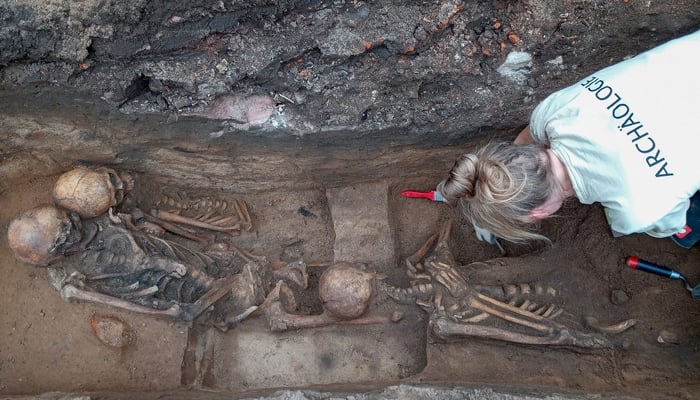With the discovery of at least 1,000 human skeletons near Nuremberg, southern Germany—possibly the location of the largest mass burial ever found in Europe—archaeologists were astounded.
The tombs were found by a Terra Veritas crew who was inspecting the property in preparation for a residential building.
As per the research published in Express UK, there were eight mass graves associated with two epidemics, out of which three have been dug and the remaining ones are awaiting study.
According to experts, there may be as many as 1,500 bodies uncovered that are thought to have been buried between the late 15th and early 17th centuries.
“A discovery like that has never happened before and quite honestly no one had thought this to be possible,” Melanie remarked.
Langbein of the Department of Heritage Conservation, City of Nuremberg.
Langbein continued: “The site is of enormous importance to the city of Nuremberg and we work together in our attempt to get all information possible.”
During the Middle Ages, the bubonic plague killed a great deal of people in Europe. Another name for it is the Black Death.
A terrible pandemic that struck Nuremberg in the 16th and 17th centuries also claimed 15,000 lives in 1634 alone.
People ended up in mass graves because they could not be buried in a decent manner.
The study included a remark from an In Terra Veritas representative saying, “As far as we know, the site is the largest mass burial site in Germany that has been properly investigated, and with the estimated number of bodies possibly the biggest in Europe.”
Experts said: “Further anthropological and forensic analysis can give us a more precise knowledge of genetics, heritage, and society in this period—aan opportunity that has never been available until now.”







